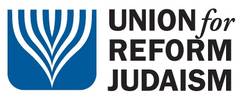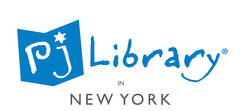- About Us
- Connect
- Learn
- Jewish Life
- Music
- Events
- Give
- Join Us
198. Jewish Evergreen - December 12, 2020
12/12/2020 01:52:09 PM
| Author | |
| Date Added | |
| Automatically create summary | |
| Summary |
The traditional story of Hanukkah is that in 167 BCE the Greeks, who were in control of Judea, wanted to eliminate all vestiges of Jewish culture and have the community fully adopt the Greek culture; in what we now call Hellenization. As part of the Greek effort, the Temple in Jerusalem was desecrated and made over into a temple to worship a Greek god. A group of Jews, called the Maccabees, fought against any potential loss of Jewish culture. Although it took a couple of years, surprisingly, the Maccabees defeated the Greeks! When the Maccabees went to rededicate to their Temple to God, which included rekindling the lights in the Temple, they realized that there was only enough lamp oil for one day, and it would take eight days to process more. The Maccabees used the little bit of oil they had and – miracle of miracles – it lasted for eight full days. This is why we light candles and eat foods, such as latkes, fried in oil. This week, Rabbi Janet Roberts let us in an exploration of what more we know about Hanukkah, the Maccabees, and winter celebrations of light and greenery.
The historical story of Hanukkah follows along the same vein, until we get to the ending: The historical story tells us that the Greeks brought Hellenization to Judea and, while some Jews willingly adopted Hellenic culture (which was the dominate culture in the region at that time), there were other Jews who fought against this mandated assimilation. The Maccabees were a group of rebels who fought against the Greeks and they won, founding the Hasmonean Dynasty which would rule Judea for the next 130 years.
Although the Maccabees fought against assimilation, it is interesting to note that the existence of the very holiday that recognizes their military victory is a Hellenic response. There are no other holidays in the Jewish calendar that celebrate a military victory – a holiday to commemorate such a victory was a Greek custom.
The details of the forced assimilation, the subsequent military uprising, and the beginnings of the holiday celebration can be found in the books of Maccabees. Maccabees is not part of the Hebrew Bible, but has been saved in the Catholic canon, from which we can learn a great deal. Although the celebration is not actually identified with the name Hanukkah, according to 2 Maccabees 10, when the Temple was reconsecrated, there was a celebration in the Temple of “eight days with gladness.” As part of the celebration, people brought branches, boughs and palms into the Temple, and sang psalms.
We might wonder why parts of trees were brought into the Temple. Trees have been objects of worship in many cultures throughout history, and images of them have been found during archaeological excavations of ancient sites. Trees are long-lived, they provide shade, people can make fires with them, people can build shelters with them, etc. When we look in the book of Exodus, we know that there were symbolic representations of trees in the Temple. In Exodus 25, the Israelites were instructed to make lampstands of pure gold with “six branches issuing from the lampstand. And on the lampstand itself there shall be four cups shaped like almond- blossoms, each with calyx and petals.
Jews have done a great job of finding things from other religions that we like, and adapting them into something for our own religion. As our scholar- in-residence, Dr. David Sperling says, “The genius of the Israelites’ innovation was their remarkable ability to draw out the creative potential of concepts and institutions that Israel shared with its neighbors in order to achieve new syntheses.”
During the darkest months of the year, it is human nature to want to bring in light and, from ancient times, there has been celebrating with lights during the winter solstice. Today we connect a decorated evergreen tree to Christmastime. Rabbi Jaech shared with us that one of her rabbinic school professors told his class that, “in 200 years American Jews will have figured out a way to have an evergreen tree in their homes in the winter and will have created a Jewish meaning for the practice.” He was not talking about a ‘Hanukkah Bush.’ He was talking about the power of having an evergreen tree inside, at a time when all of nature appears dormant.
Rabbi Jaech went on to say, “When Jews have been confronted with powerful practices of surrounding cultures, we either reject them outright, adopt them without question, or give them a new meaning.” Rabbi Roberts ask us if could imagine, say 200 years down the road, that having a decorated tree in a Jewish home at Hanukkah would be a norm. And what new meaning would be provided for that? Perhaps it will be a connection back to the Tree of Life. Or a connection to the lampstand described in the
Exodus passage we read. Or a connection to Psalm 92, where the righteous are described in the words of study trees:
The righteous bloom like a date-palm;
they thrive like a cedar in Lebanon;
planted in the house of the Lord,
they flourish in the courts of our God.
In old age they still produce fruit;
they are full of sap and freshness,
attesting that the Lord is upright.
Happy Hanukkah everyone – both those with and without decorated trees in their homes.
You can find our podcast on iTunes, Spotify or Amazon under “TINW Torah Study” or “Jennifer Jaech.” Subscribe and rate us!
misquotes or misunderstandings in what Rabbi Roberts taught us are the responsibility of Tara Keiter
Tue, April 30 2024
22 Nisan 5784
Temple israel Happenings
-
Wednesday ,
MayMay 1 , 2024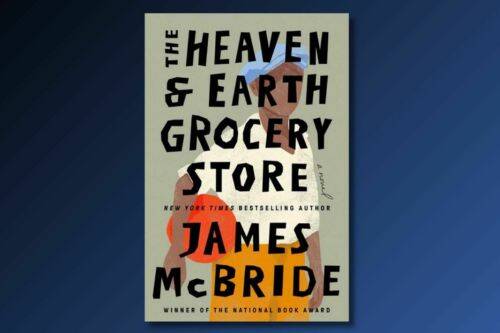 Sisterhood Book Club - Online
Sisterhood Book Club - Online
Wednesday, May 1st 7:30pm to 8:30pm
"Heaven and Earth Grocery Store" by James McBride -
Saturday ,
MayMay 4 , 2024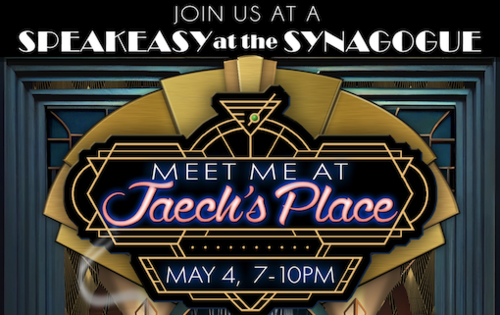 Meet Me at Jaech's Place: A Speakeasy at the Synagogue
Meet Me at Jaech's Place: A Speakeasy at the Synagogue
Shabbat, May 4th 7:00pm to 10:00pm
Live Jazz | Open Bar | Hot & Cold Buffet | 50/50 Raffle | Baskets of Booze Raffle | Special Commemorative Gift Attire: 1920s Period Dress Preferred. Tiered ticket pricing. RSVP by April 30. -
Sunday ,
MayMay 5 , 2024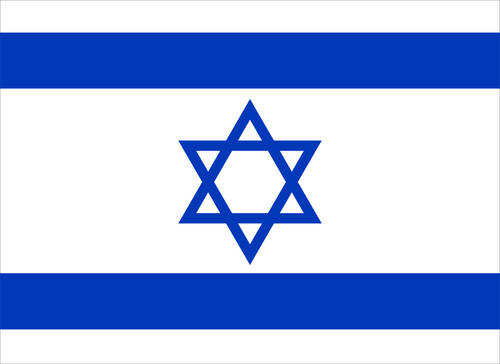 Israel Engagement committee meeting
Israel Engagement committee meeting
Sunday, May 5th 9:15am to 11:15am
The Israel Engagement Committee will meet to continue a discussion of the committee's main objectives and begin planning programs/discussions around Israel engagement. -
Sunday ,
MayMay 5 , 2024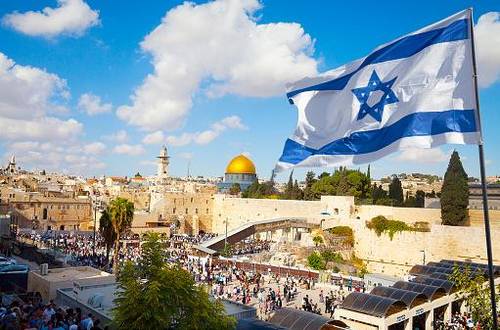 A First Hand Account of the War in Israel with Speaker
A First Hand Account of the War in Israel with Speaker
Sunday, May 5th 10:15am to 11:15am
Please join us for a conversation with Ido Yaaran, a young adult Israel emissary and IDF soldier. Ido was raised in Herzliya, Israel and came to the United States for a year of service to the Jewish community in 2019-2020 through the young emissary program of the Jewish Agency of Israel and the Jewish Federation of Fairfield County, Ct. Read more...
Events
Friday Night
: 5:30pm |
: 7:00pm |
| Candle Lighting : 7:38pm |
Shabbat Day
: 9:30am |
: 10:30am |
: 7:00pm |
Upcoming Programs & Events
May 1 |
May 1 Matt Mansfield Wednesday, May 1 7:30pm |
May 1 |
May 3 |
May 4 |
This week's Torah portion is Parashat Acharei Mot
| Shabbat, May 4 |
Candle Lighting
| Friday, May 3, 7:38pm |
Yom HaShoah
| Monday, May 6 |



